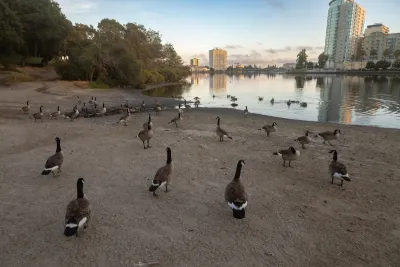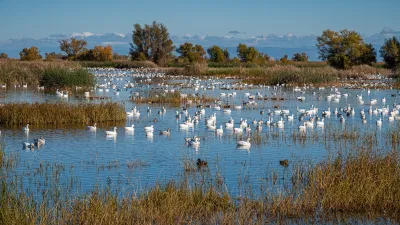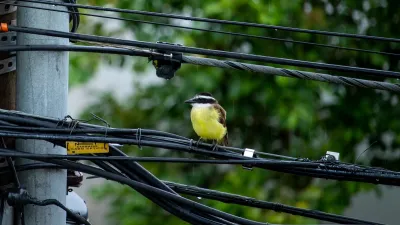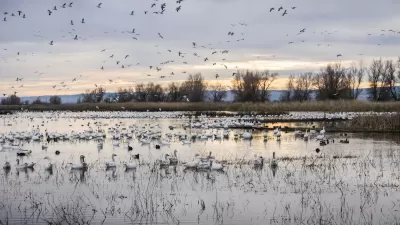Community science engages people of all backgrounds in documenting local biodiversity, strengthening connections to nature, and contributing to global efforts like the City Nature Challenge to build a more inclusive and resilient future.

Community science empowers everyday people to engage directly in scientific discovery by observing and documenting nature in their own neighborhoods, parks, and backyards. Using tools like iNaturalist, participants can contribute valuable data on local biodiversity, helping address urgent global challenges like climate change and habitat loss. More than just data collection, community science promotes curiosity, learning, and public engagement, fostering a sense of ownership and stewardship over local natural spaces.
A leading example of this movement is the annual City Nature Challenge (CNC), a global biodiversity event co-founded by the Natural History Museum of Los Angeles County and the California Academy of Sciences. From April 25 to 28, 2025, residents across Los Angeles County will join others worldwide to observe and record local wildlife. The County's Department of Parks and Recreation (DPR) is hosting CNC events at natural areas like Vasquez Rocks and Devil’s Punchbowl.
Community science is a natural fit for parks, offering meaningful ways to connect people to nature while enhancing education and informing land management. It also plays a vital role in expanding environmental awareness in underserved communities and cultivating a new generation of advocates. With initiatives like the CNC and the National Recreation and Park Association’s Parks for Pollinators BioBlitz, community members, park professionals, and young learners alike can contribute to a collective understanding of biodiversity—and help shape a more inclusive, resilient future.
FULL STORY: Community Science Brings Nature, Data and People Together

Alabama: Trump Terminates Settlements for Black Communities Harmed By Raw Sewage
Trump deemed the landmark civil rights agreement “illegal DEI and environmental justice policy.”

Study: Maui’s Plan to Convert Vacation Rentals to Long-Term Housing Could Cause Nearly $1 Billion Economic Loss
The plan would reduce visitor accommodation by 25% resulting in 1,900 jobs lost.

Why Should We Subsidize Public Transportation?
Many public transit agencies face financial stress due to rising costs, declining fare revenue, and declining subsidies. Transit advocates must provide a strong business case for increasing public transit funding.

Paris Bike Boom Leads to Steep Drop in Air Pollution
The French city’s air quality has improved dramatically in the past 20 years, coinciding with a growth in cycling.

Why Housing Costs More to Build in California Than in Texas
Hard costs like labor and materials combined with ‘soft’ costs such as permitting make building in the San Francisco Bay Area almost three times as costly as in Texas cities.

San Diego County Sees a Rise in Urban Coyotes
San Diego County experiences a rise in urban coyotes, as sightings become prevalent throughout its urban neighbourhoods and surrounding areas.
Urban Design for Planners 1: Software Tools
This six-course series explores essential urban design concepts using open source software and equips planners with the tools they need to participate fully in the urban design process.
Planning for Universal Design
Learn the tools for implementing Universal Design in planning regulations.
Smith Gee Studio
Alamo Area Metropolitan Planning Organization
City of Santa Clarita
Institute for Housing and Urban Development Studies (IHS)
City of Grandview
Harvard GSD Executive Education
Toledo-Lucas County Plan Commissions
Salt Lake City
NYU Wagner Graduate School of Public Service





























